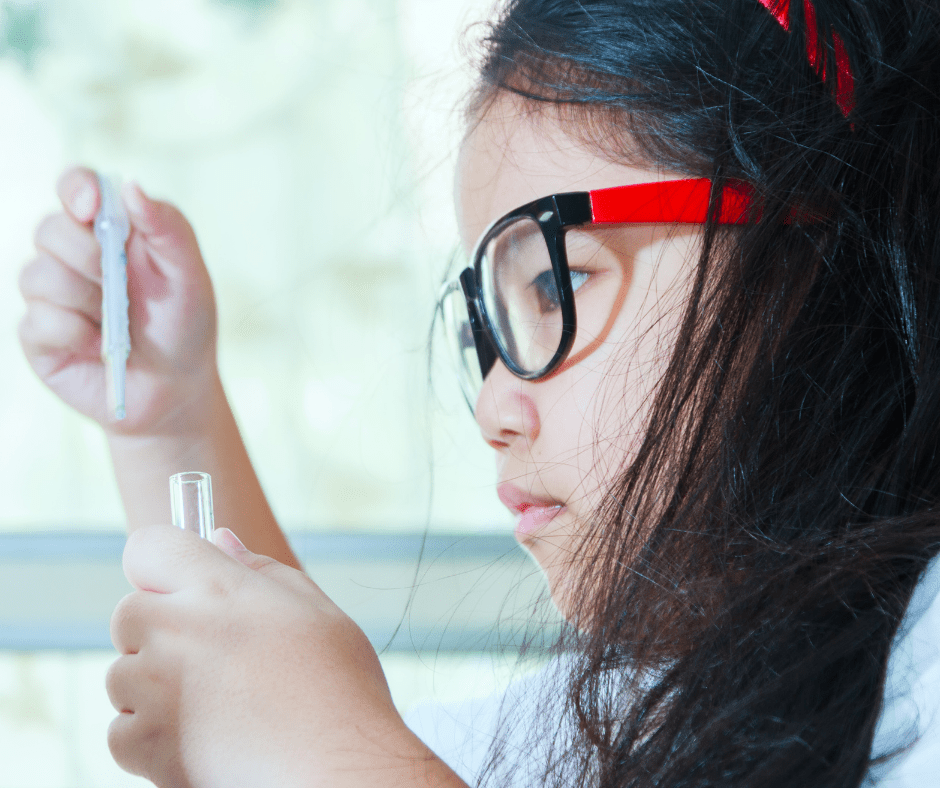Early Childhood STEM Learning: Setting Your Child Up for Future Academic Success
In today’s rapidly evolving world, the foundation for future success in science, technology, engineering, and mathematics begins much earlier than many parents realize. The preschool years represent a critical window for introducing STEM concepts in ways that spark curiosity, build confidence, and establish lifelong learning habits. At Heritage Learning Center, we understand that children ages 3-5 are naturally equipped with the curiosity and wonder that makes them ideal STEM learners.
Research shows that preschoolers ask an amazing number of information-seeking questions per hour, demonstrating their innate drive to understand how things work. This natural enthusiasm provides the perfect foundation for STEM learning when channeled through age-appropriate, hands-on experiences. Our approach focuses on nurturing children’s natural abilities to observe, question, experiment, and discover rather than pushing advanced academics on young minds.

Why STEM Education Matters in Early Childhood
The benefits of early STEM exposure extend far beyond preparing children for future math and science classes. STEM concepts help children develop new ways of thinking, encouraging curiosity and analysis. Establishing these skills at an early age, when young minds are most malleable, creates lifelong thinking patterns that serve children well across all areas of learning.
Early STEM education promotes higher engagement and better learning retention among children, leading to stronger academic performance throughout their educational journey. Children who engage with STEM subjects early develop essential skills such as problem-solving, critical thinking, and creativity – abilities that transfer to every aspect of their lives.
Perhaps most importantly, early STEM experiences help children develop confidence in their ability to tackle challenges and figure things out independently. This sense of competence becomes the foundation for future academic resilience when facing difficult concepts.
How Young Children Learn STEM Concepts Best
Young children learn differently than older students, and effective preschool STEM education must align with their developmental needs. For preschool-aged students, learning begins with play. Through hands-on exploration and discovery, children naturally develop STEM skills while remaining engaged and enthusiastic about learning.
The most effective STEM activities for this age group involve interactive, multi-sensory experiences. Simple science experiments like mixing colors or watching objects sink and float allow children to observe cause and effect relationships. Building activities with blocks or everyday materials introduce engineering concepts through trial and error. Nature walks become opportunities to observe patterns, classify objects, and ask scientific questions.
Mathematics concepts emerge naturally through activities like sorting, counting, measuring, and comparing. The key is maintaining the playful, exploratory nature that keeps children engaged while systematically building foundational skills.
Creating STEM-Rich Learning Environments
Effective early childhood STEM education requires thoughtfully designed learning spaces that encourage scientific thinking and mathematical reasoning. Discovery areas where children can explore materials independently – from magnifying glasses and simple measuring tools to building materials and natural objects – foster independent investigation.
The power of questioning drives meaningful learning. Rather than providing immediate answers, effective educators respond to children’s natural curiosity with open-ended questions that extend their thinking. When a child asks why leaves change colors, exploring different leaves together, making observations, and developing hypotheses creates deeper learning than simply explaining the science.
Outdoor spaces serve as natural laboratories where children can investigate shadows, observe weather patterns, study insects, and experiment with water flow. These authentic environments provide rich opportunities for scientific observation and mathematical thinking while connecting children to the natural world.
Practical STEM Activities for Daily Learning
STEM learning works best when integrated throughout the day rather than relegated to specific “science time.” Morning routines can include tracking weather patterns, counting days on calendars, or observing changes in classroom plants. Art activities become opportunities to explore color mixing, symmetry, and patterns. Cooking experiences introduce measurement, following sequences, and observing reactions.
Popular activities include building challenges where children use everyday materials to solve problems, such as creating bridges for toy cars or designing containers for small objects. Water and sand play naturally incorporate concepts of volume, measurement, and physics. Garden activities teach about plant life cycles while practicing counting, measuring, and data collection.
Simple logical thinking activities, like giving step-by-step directions to navigate obstacle courses or arrange objects in patterns, build sequencing skills that prepare children for future learning.
Supporting STEM Learning at Home
Learning extends beyond the classroom when families embrace STEM exploration at home. Cooking together teaches measurement and following instructions. Nature walks become opportunities to collect, sort, and classify objects. Even household chores can incorporate STEM learning when children help sort items by characteristics or count objects.
Parents can turn everyday moments into learning opportunities. Bath time becomes a lesson about floating and sinking. Building with household items develops engineering skills. Reading STEM-themed books together reinforces concepts while building literacy skills.
The key is maintaining joy and wonder that drives natural learning. When families approach STEM activities with enthusiasm and curiosity, children develop positive associations with these subjects that last throughout their educational journey.
Building Foundation for Future Success
The STEM foundation built in preschool serves children throughout their academic careers and beyond. Children who develop strong problem-solving skills, comfort with trial-and-error learning, and confidence in their ability to figure things out are better prepared for future challenges.
Early STEM exposure helps level the playing field for all children, regardless of background. By providing rich, engaging experiences that build foundational skills, every child has the opportunity to develop confidence and competence in these critical areas.
Ready to Give Your Child a Strong STEM Foundation? Contact Heritage Learning Center today to learn more about our innovative early childhood programs. Discover how we can help your child develop the curiosity, confidence, and critical thinking skills that will serve them throughout their educational journey!

